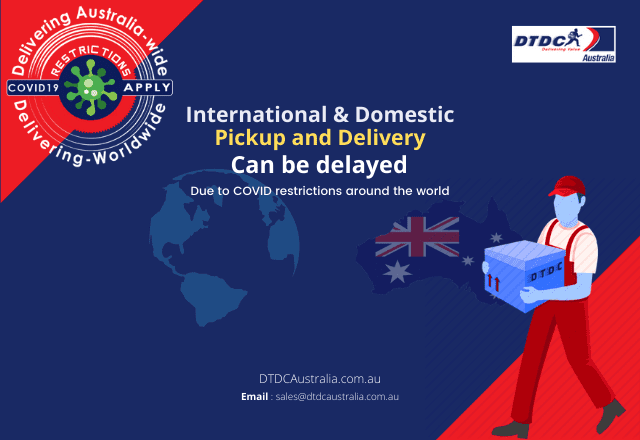It’s 2025, and e-commerce is evolving faster than you can check out your products from the cart. In the past decade, e-commerce has grown from an additional method of commerce to a must-have way of doing business. With e-commerce, you can drive your business to new customers and establish an engaging customer channel. In this blog, we are breaking down the strategies and trends that will take e-commerce forward. If you want to take your business forward, tag along.
The Current State and Projected E-commerce Growth Rate
According to the data collected by Statista, the global e-commerce industry reached six trillion USD in 2024 and is expected to grow by 31% year on year. As per these estimations, the industry will touch the magical 8 billion USD by 2028. These are staggering numbers and proof of the opportunities that e-commerce growth rates provide.
Some of the key e-commerce growth metrics to assist this growth in 2025 are conversion rate, customer acquisition cost, customer lifetime value, and cart abandonment rate, among others. E-commerce growth will be defined on the foundations of data, insights, and analytics.
Regional Spotlights: Fastest-Growing E-commerce Markets
E-commerce Growth in China: Scaling with Innovation
The Chinese e-commerce market is projected to reach 1.38 trillion USD in revenue in 2025. Manufacturing capabilities of China, along with the e-commerce growth, have significantly helped the Chinese economy. Even with such a huge market, e-commerce growth in China is popular for its innovation and speed. E-commerce platforms like Taobao are responsible for most of the innovations in the Chinese e-commerce market. Integration of digital payment systems was popularised by Chinese e-commerce companies in collaboration with services like Alipay and WeChat Pay.
The e-commerce growth in China is predicted to continue beyond 2025, as per Statista, and innovation is expected to play a key role. Livestreaming for online sales and using AI to provide a personalized customer experience are emerging innovation trends from Chinese e-commerce.
E-commerce Growth in Indonesia: A Digital Boom in Southeast Asia
Another market that we can put a spotlight on is Indonesia, as the country is leading the digital boom in Southeast Asia. The market is a perfect example to understand the e-commerce growth rate from the perspective of a developing country. As per RetailAsia, the e-commerce market in Indonesia is expected to reach 46 billion USD by 2025. An increase in internet users and a young population have been the main factors in this growth. Rapid improvement in digital infrastructure is bound to drive the e-commerce business forward.
The case of Indonesia showcases that the emergence of smaller countries like Indonesia has a major influence on the future of e-commerce. Even though the global market is driven by big players like China, these smaller markets will have a big role in e-commerce strategy development, as smaller markets are more likely to bring in more innovations.
E-commerce Growth Australia: Trends Reshaping Local Retail
In an established economy like Australia, e-commerce may not showcase the kind of growth that it has in other markets. But these are the markets where e-commerce is going beyond its scope and entering into new territories. For instance, cross-border e-commerce is growing at a rapid pace in Australia. Development of global logistics has made it possible for a customer in Australia to shop from an e-commerce website in China. This is a movement towards a truly global e-commerce network. Another trend that is also finding acceptance is social commerce, especially with the growth of social platforms like TikTok.
E-commerce Growth Strategies for 2025 and Beyond
Data-driven decisions: Data has become an unavoidable part of organizational function, and it is no different in the e-commerce sector. Online sales platforms have access to a large amount of data, and unlike traditional commerce, the collection of data is easier, accurate, and diverse. With such an abundance of data, the only requirement is to put systems in place to convert this data into real insights.
With the help of data, e-commerce platforms can use the growth metrics for scaling the business. Additionally, predictive analysis of the market and customer insights can also be better understood by the incorporation of data.
Omnichannel integration for customer experience: Customer experience in B2B is becoming as important as in B2C. Businesses are looking for e-commerce partners that add value to their operations. Omnichannel integration is an option to improve customer experience by integrating different channels tpo provide a unified experience to the customer.
The automation of sourcing combined with omnichannel integration is bound to enhance convenience for the customers and save costs for businesses. Omni-channel integration has emerged as a popular trend in e-commerce and this is mainly because of the importance given to customer experience.
Cross-border e-commerce: Engaging in e-commerce across borders has become more convenient in recent years. Earlier too many barriers were there to demotivate customers. But with the adoption of technology and the development of global logistics, cross-border e-commerce is emerging. Cross-border services allow e-commerce platform to expand their markets without setting up stores or distribution centres.
Mobile Commerce Expansion: The Majority of the growth of e-commerce is coming from developing countries. In most of these markets, mobile phones are the primary access to the internet for most users. This means the majority of users access the e-commerce platforms through mobile devices. So it makes sense to focus on mobile commerce expansion.
User-friendly and progressive mobile applications, along with faster payment methods, can boost the expansion.
Navigating the Future with Smart E-commerce
Overall, the data and markets trends suggest that the future of e-commerce is bright. E-commerce platforms is shifting towards customer experiences to gain competitive advantage in the market. Additionally expansion into new territories is also a key strategy for the growth of the sector. The global outlook on the current e-commerce market showed that developing markets will play a key role in shaping the future.













